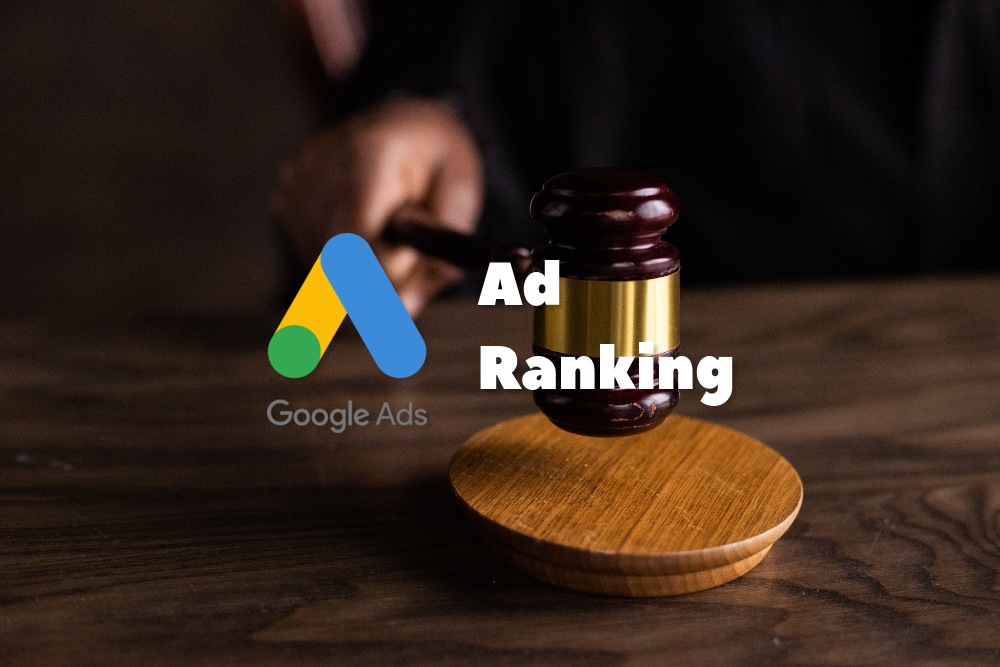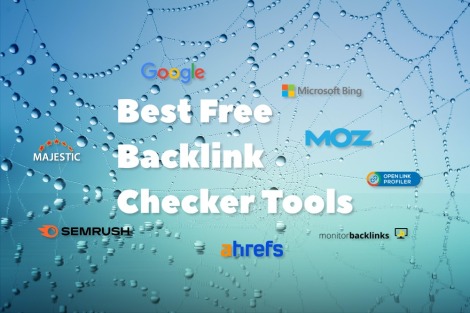Google Ads is a powerful advertising platform that helps businesses of all sizes reach their target audience and drive conversions. One of the key factors that determine the success of a Google Ads campaign is Ad Rank, which is calculated by a complex algorithm that takes into account various factors such as ad relevance, landing page experience, and the bid amount. Additionally, Google Ads uses a system called ad discounter to help advertisers pay less per click while maintaining their ad positions.

During a discussion about the Google Ads ad ranking system, a friend of mine happened to tell me the other day that according to Google you will pay only a bit more for a particular ad position on the user's search result page than the "owner" of the ad position that is below you. (If anyone of you accrues a clickthrough.)
He concluded that it would make an actual CPC column like this one for example:
- 1st position: $1,04
- 2nd: $1,03
- 3rd: $1,02
- 4th: $1,01
The question is not stupid at all, my friend is following the right path, with a little misunderstanding, though.
Google says that...
Prices are automatically reduced. Google’s ad discounter automatically reduces your actual CPC paid to the lowest amount needed to maintain your ad’s position and to stay ahead of your competition.
It also says that eligible ads are arranged according to their Ad Rank, where
Ad Rank = Bid x QS,
where QS is the Quality Score that is determined by various factors, but first of all by the Clickthrough Rate and some relevance factors.
For various reasons, Google does not disclose every aspect of their algorithm but it is widely believed that the QS is in fact a number in Google's algorithm while for us, Google Ads advertisers, it is only a concept. (We know which factors it depends on but do not know how.) Now let's say that you and your only competitor both meet the minimum requirements set by the minimum CPC bids and have the following data:
You:
Bid: $9, QS: 7, Ad Rank = 9x7 = 63
Competitor:
Bid: $5, QS: 4, Ad Rank = 5x4 = 20
It is also widely believed that Google follows the rules of the so-called second-price auction and we'll follow this model for now. In the above case, of course, you are the winner of the auction with your Ad Rank=63, which means that your ad will show first on the user's search result page.
Though your bid is $9, you will only be required to pay $3 because in that case, your Ad Rank is 3x7 = 21, which exceeds your competition's Ad Rank by an increment of 1.
If suddenly your competitor changes his bid to $105, he will, of course, win the auction but will not be required to pay more than $16 because 16x4=64, which exceeds your Ad Rank.
I hope that the information provided in this article will help you optimize your PPC campaigns and achieve better ROI. By focusing on the ad relevance and landing page experience, you can improve your Quality Scores and lower your costs per click.


